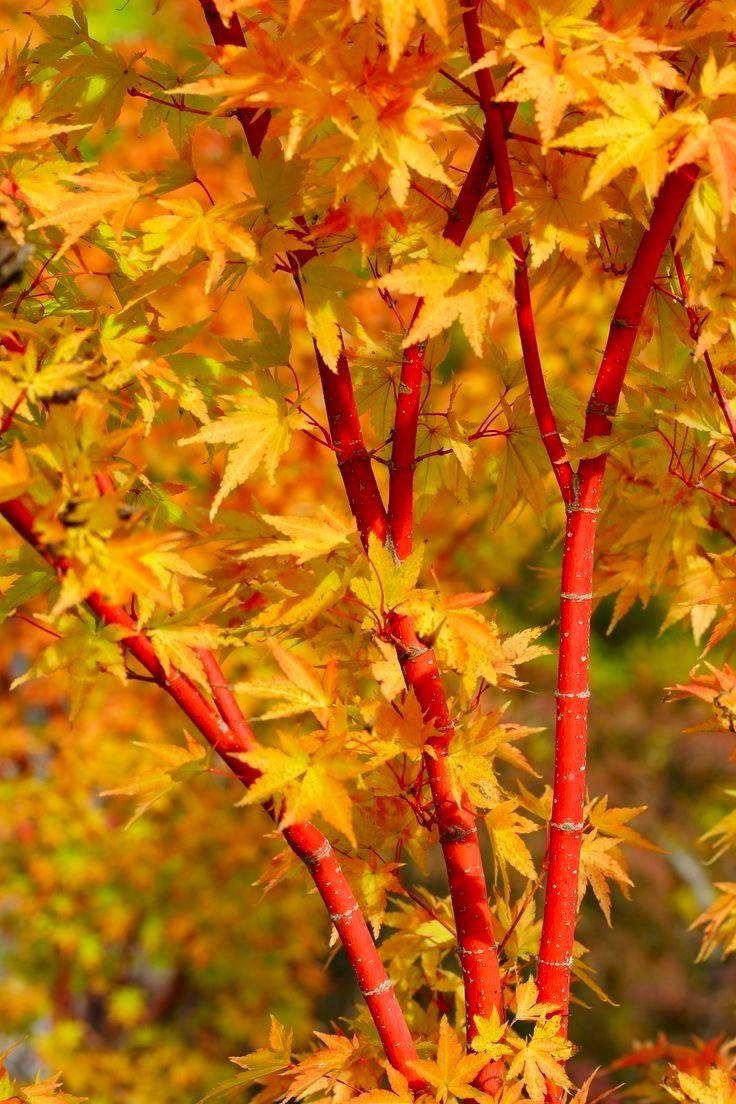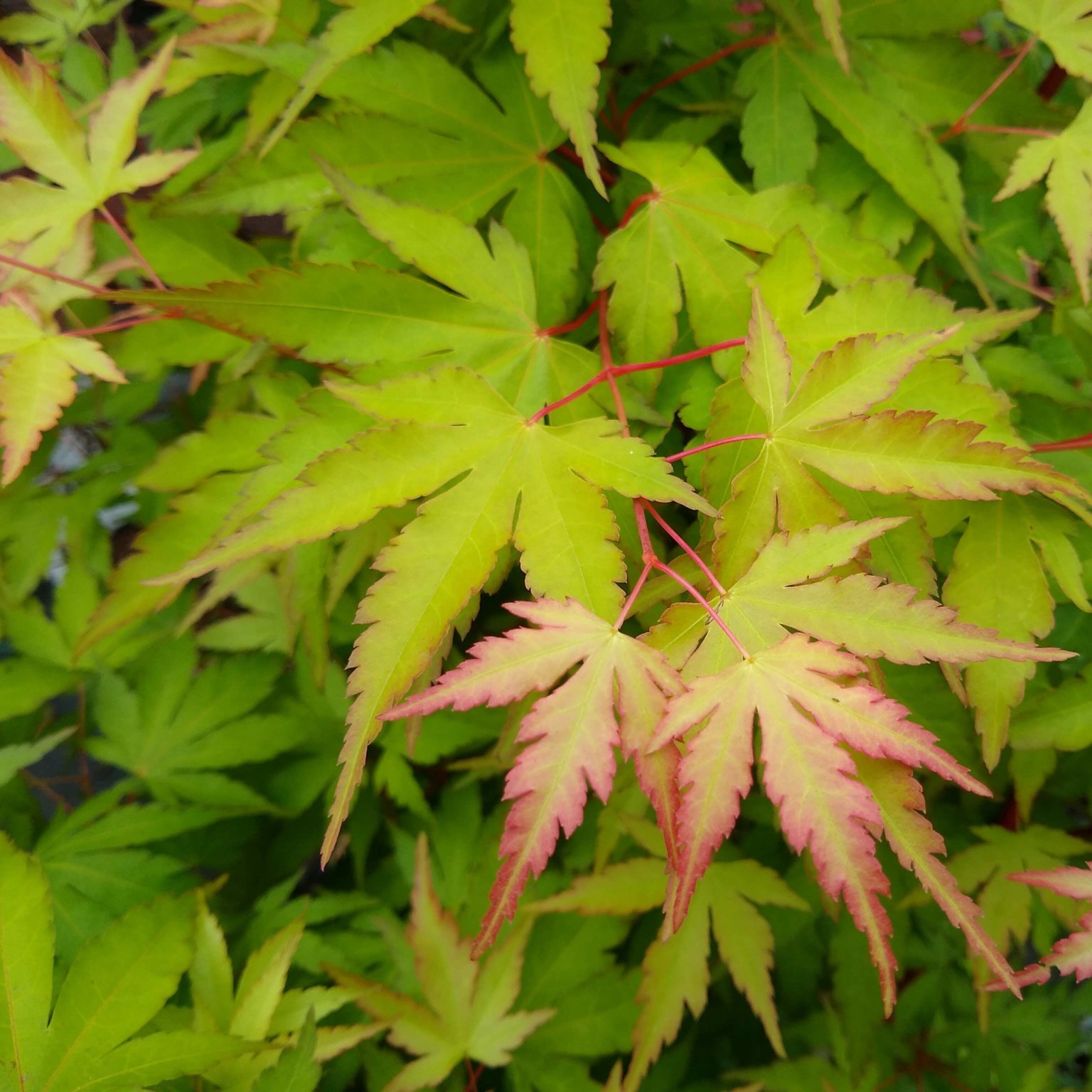

Hellebores (Helleborus) are great Japanese Maple partners since they share the same growing conditions. Among the acid-loving plants are Rhododendrons, Azaleas, Kalmia latifola (Mountain Laurel), and dwarf conifers. Great companion plants are those sharing the same cultural requirements. Japanese Maples are easily grown in moist, organically rich, slightly acidic, well-drained soils.They can adapt to a wide range of cultural situations, are shallow-rooted, and are not serious competitors with companion shrubs. Japanese Maples are exceptionally beautiful in mixed borders or underplanted with companion plants. Well-behaved, they make perfect partners with other plants and help create strikingly beautiful combinations in the garden. While extraordinarily good-looking on their own, Japanese Maples, however, look more charming when planted with companion plants. Acer palmatum is native to Japan, Korea, China, eastern Mongolia, and southeast Russia.Native to Japan, Korea, and China, Japanese Maples (Acer palmatum) include a rich variety of deciduous shrubs or small trees with graceful habits, elegantly cut leaves, and extraordinarily colorful foliage, particularly in the fall when the leaves turn dazzling shades of golden-yellow, red-purple and bronze, before shedding to the ground.Ī single Japanese Maple placed in a prominent place attracts attention from every part of the garden.


Fertilize in spring before the leaves emerge. If pruning is necessary, prune during the dormant season and avoid pruning in spring when the sap is running. Low maintenance, this plant needs little pruning.Perfect as a specimen plant in cottage gardens, city gardens, or foundation plantings.Leaf scorch can be caused by a lack of soil moisture or excessive exposure.
#SANGO KAKU JAPANESE MAPLE FULL#
Best leaf color in partial shade, although full sun can be tolerated. Mulch helps retain soil moisture and keep roots cool. A full sun or part shade lover, this plant is easily grown in moist, organically rich, slightly acidic, well-drained soils.Recipient of the prestigious Award of Garden Merit of the Royal Horticultural Society for its outstanding qualities.A must for those who appreciate winter bark interest! Slow-growing, this maple tree features an upright, vase-shaped habit and makes an outstanding four-season tree that is enjoyed by all gardeners as it graces the landscape. They give way to samaras that ripen in late summer to fall. In spring, the small, reddish flowers are pretty, but not showy. As they fall, they expose the bright, coral-red bark on young twigs and branches, adding a much-needed splash of color to the winter landscape. In the fall, the delicate 5-lobed leaves which open pinkish-yellow, and mature to light green in summer, turn soft yellow in fall before they shed to the ground. Noted for its showy coral bark and fall color, award-winning Acer palmatum 'Sango-kaku' (Coral-Bark Maple) is a large deciduous shrub or small tree that is highly desirable.


 0 kommentar(er)
0 kommentar(er)
